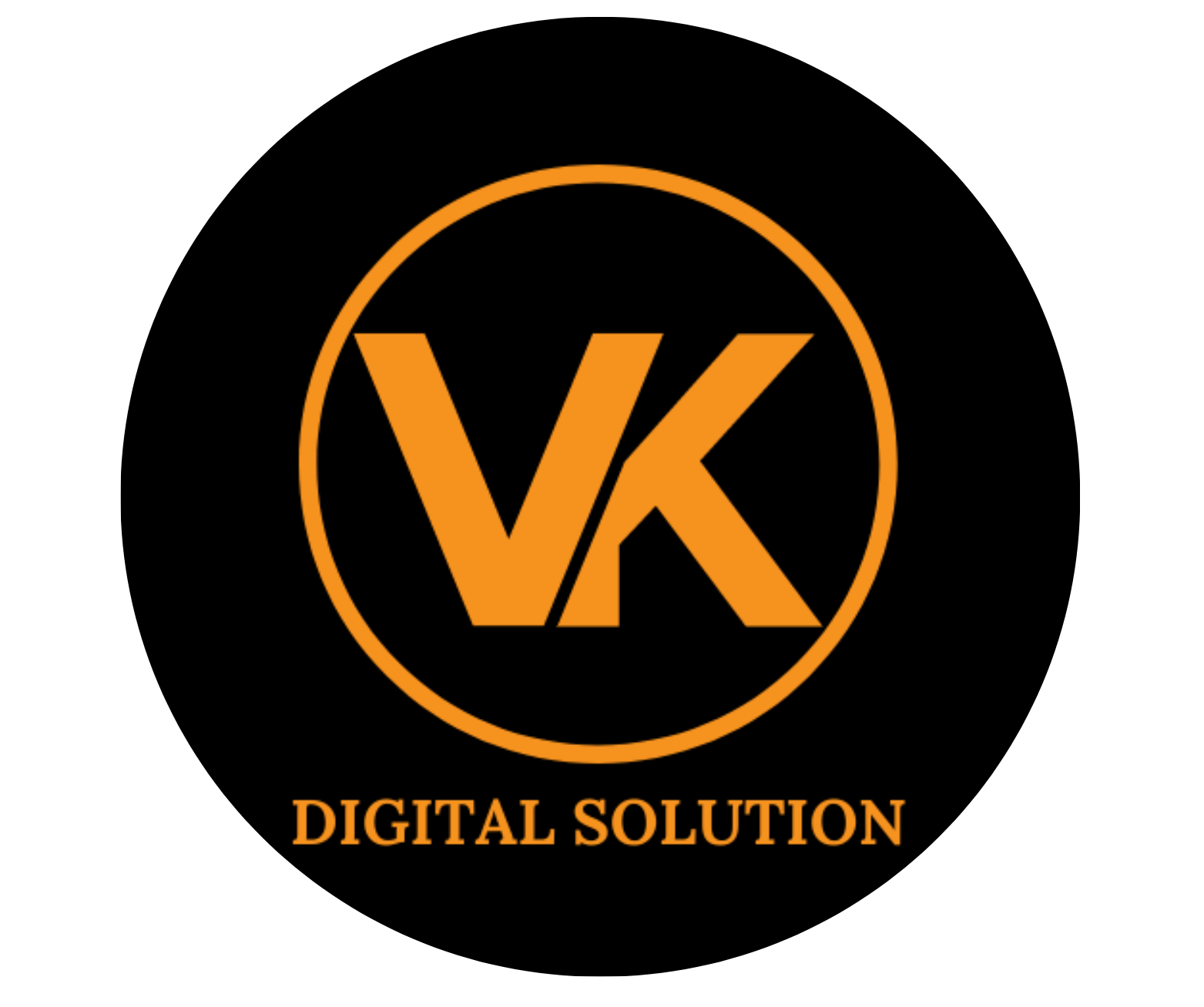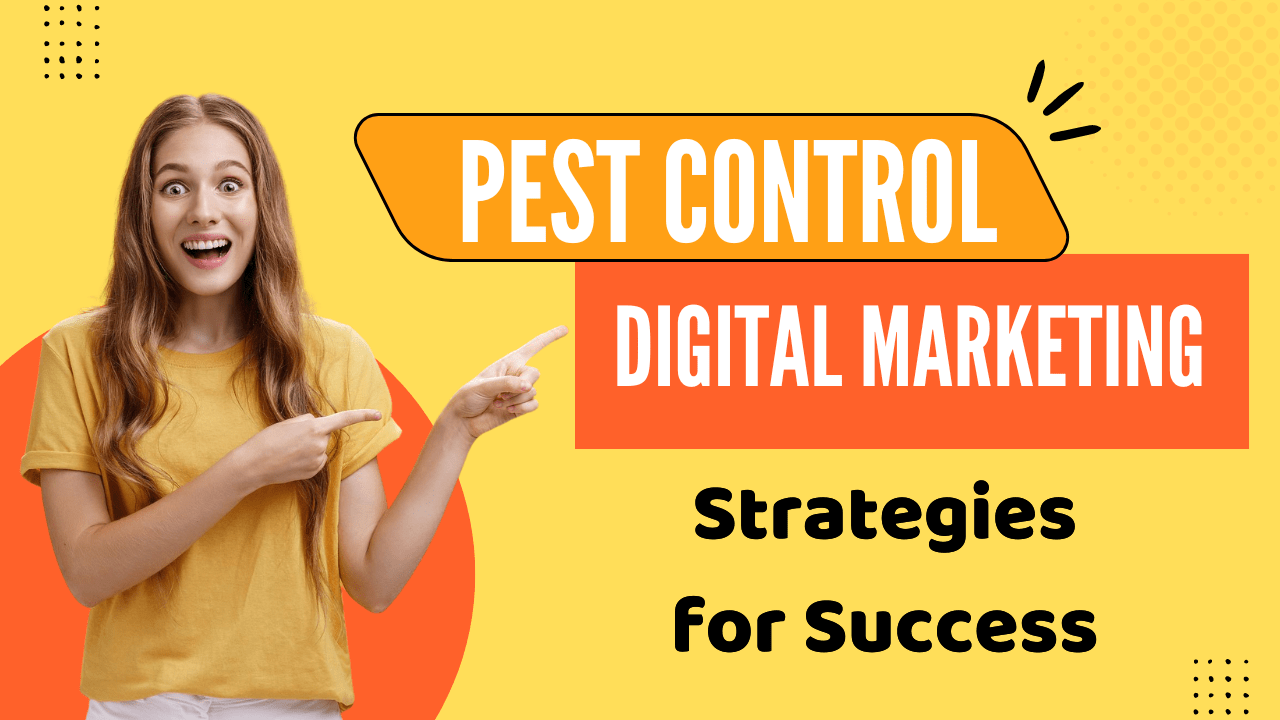Pest Control Digital Marketing In today’s digital age, digital marketing has become a crucial component for businesses across all industries, including pest control. The traditional methods of advertising, such as print ads and word-of-mouth, are no longer sufficient to reach the vast number of potential customers available online. Implementing effective digital marketing strategies can significantly enhance the visibility and credibility of pest control businesses, leading to increased customer acquisition and retention.
Building a Strong Online Presence
Creating a Professional Website
A professional website serves as the cornerstone of your digital marketing efforts. It is often the first point of contact between your business and potential customers. Therefore, it is essential to ensure that your website is not only visually appealing but also user-friendly and informative. Key elements to consider include:
- Responsive Design: Ensure that your website is accessible and looks great on all devices, including smartphones and tablets.
- Clear Navigation: Organize your content logically, making it easy for visitors to find the information they need.
- Contact Information: Provide multiple ways for customers to reach you, including phone numbers, email addresses, and contact forms.
- Service Pages: Detail the services you offer, such as termite control, rodent removal, and bed bug treatment, with clear descriptions and benefits.
Search Engine Optimization (SEO)
SEO is the practice of optimizing your website to rank higher in search engine results pages (SERPs). This is critical for driving organic traffic to your site. Key SEO strategies include:
- Keyword Research: Identify and use relevant keywords that potential customers are searching for, such as “pest control services,” “termite extermination,” and “rodent control.”
- On-Page SEO: Optimize your website’s content, meta descriptions, headings, and images with targeted keywords.
- Local SEO: Optimize your website for local searches by including your location in your keywords, setting up a Google My Business profile, and getting listed in local directories.
Content Marketing
Content marketing involves creating and sharing valuable content to attract and engage your target audience. This can include blog posts, videos, infographics, and more. Effective content marketing strategies for pest control businesses include:
- Educational Blog Posts: Write informative articles about common pest problems, prevention tips, and treatment methods.
- Video Tutorials: Create videos that demonstrate how to identify pest infestations and explain the benefits of professional pest control services.
- Infographics: Develop visually appealing infographics that provide quick, digestible information about pests and control measures.
Leveraging Social Media Marketing
Choosing the Right Platforms
Not all social media platforms will be equally effective for your pest control business. Focus on the platforms where your target audience is most active. Popular platforms for pest control businesses include Facebook, Instagram, and LinkedIn.
Creating Engaging Content
To maximize your social media presence, post regularly and engage with your audience. Content ideas include:
- Before-and-After Photos: Showcase the effectiveness of your services with before-and-after photos of pest infestations.
- Customer Testimonials: Share positive reviews and testimonials from satisfied customers.
- Interactive Posts: Create polls, quizzes, and Q&A sessions to engage your audience and encourage interaction.
Paid Social Media Advertising
Investing in paid social media advertising can further increase your reach and visibility. Platforms like Facebook and Instagram offer targeted advertising options that allow you to reach potential customers based on demographics, interests, and behaviors. Consider running ads that promote special offers, discounts, or seasonal pest control services.
Email Marketing: Staying Connected with Customers
Building an Email List
An effective email marketing campaign starts with building a robust email list. Encourage website visitors to subscribe to your newsletter by offering incentives such as:
- Exclusive Discounts: Offer a discount on the first service for new subscribers.
- Informative E-books: Provide a free e-book on pest prevention tips in exchange for email sign-ups.
Crafting Compelling Emails
Once you have built your email list, it’s important to send regular, value-packed emails to your subscribers. Key components of a successful email marketing strategy include:
- Personalization: Use the recipient’s name and tailor the content to their specific interests and needs.
- Valuable Content: Share tips, industry news, and special promotions that are relevant to your audience.
- Clear Call-to-Actions (CTAs): Encourage readers to take specific actions, such as scheduling an appointment or visiting your website for more information.
Pay-Per-Click (PPC) Advertising
PPC advertising allows you to place ads on search engines and other platforms, paying only when someone clicks on your ad. This can be a highly effective way to drive targeted traffic to your website. Key PPC strategies include:
- Keyword Targeting: Bid on relevant keywords that potential customers are searching for, such as “pest control services near me” or “termite treatment.”
- Ad Copy: Write compelling ad copy that highlights the benefits of your services and includes a strong CTA.
- Landing Pages: Ensure that the landing pages your ads lead to are optimized for conversions, with clear information and easy-to-use contact forms.
Online Reviews and Reputation Management
Encouraging Customer Reviews
Positive online reviews can significantly enhance your business’s credibility and attract new customers. Encourage satisfied customers to leave reviews on platforms such as Google My Business, Yelp, and Facebook. You can request reviews by:
- Following Up: Send a follow-up email after a service asking for feedback and providing a direct link to leave a review.
- Incentives: Offer small incentives, such as discounts on future services, for customers who leave a review.
Pest Control Digital Marketing : Managing Negative Reviews
It’s important to address negative reviews promptly and professionally. Steps to manage negative reviews include:
- Responding Quickly: Acknowledge the issue and apologize for any inconvenience caused.
- Offering Solutions: Provide a solution or compensation to resolve the issue and restore customer satisfaction.
- Learning from Feedback: Use negative feedback as an opportunity to improve your services and prevent similar issues in the future.
Analytics and Performance Monitoring
To ensure the success of your digital marketing efforts, it’s essential to regularly monitor and analyze your performance. Use tools like Google Analytics, Google Search Console, and social media insights to track key metrics, such as:
- Website Traffic: Monitor the number of visitors to your website and identify the sources of your traffic.
- Conversion Rates: Track the percentage of visitors who take desired actions, such as filling out a contact form or scheduling an appointment.
- Engagement Metrics: Measure the engagement on your social media posts and email campaigns, including likes, shares, comments, and open rates.
By analyzing this data, you can identify which strategies are working well and which areas need improvement, allowing you to make data-driven decisions to optimize your digital marketing efforts.

